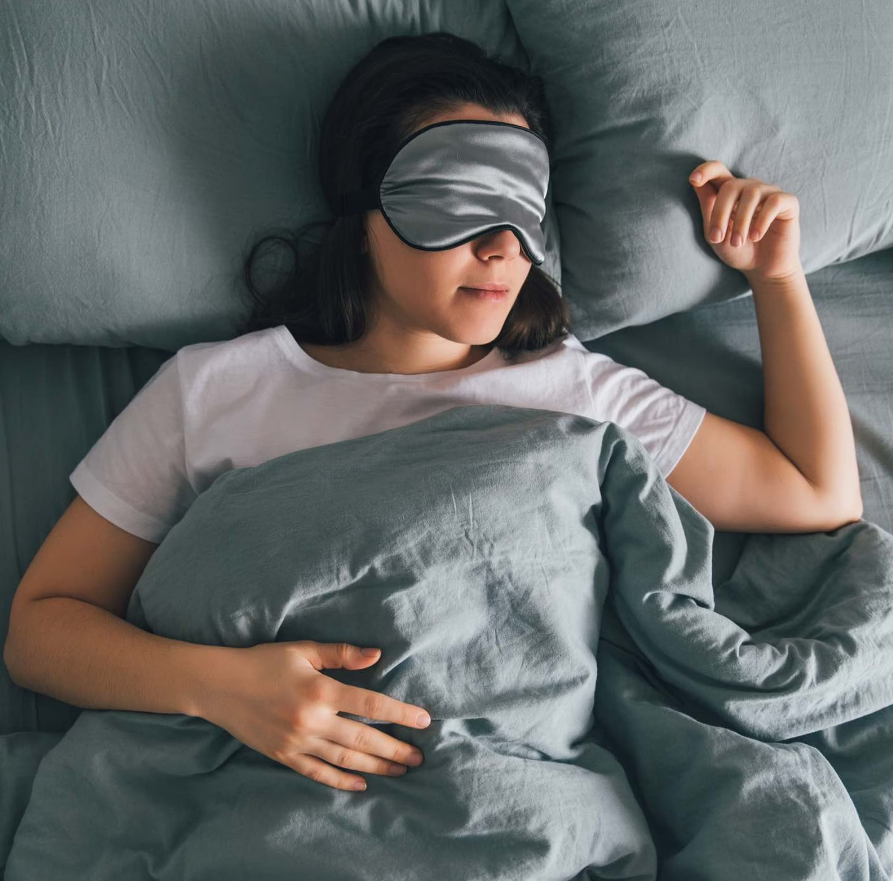


Daylight Saving Time (DST) is the twice-yearly ritual of moving the clock one hour forward in the spring and back an hour in the fall. Although the idea is to conserve energy and make better use of daylight, it throws our body's natural rhythm off, leaving us sleep deprived and groggy.
When DST arrives in the spring, we lose an hour of sleep, which can impact our mood, productivity, and health. The good news is that with a few easy changes, you can ease your body through the adjustment.

Here are 11 things you can do to adjust to losing that hour of sleep when DST starts.
A few days prior to the DST shift, step-wise synchronize your sleep pattern by retiring early and rising early by 15 minutes every day. This will make your body synchronize with the new timing and minimize the effect of losing one hour of sleep.
Exposure to sunlight in the morning can help reset your body clock and improve your sleep quality. Try to get outside in the morning, take a walk, or sit near a window to soak up some sunlight.

Caffeine and alcohol can disrupt your sleep, so avoid consuming them in the late afternoon and evening. Instead, drink plenty of water and herbal tea to stay hydrated.
Regular exercise can improve your sleep quality, but avoid exercising too close to bedtime. Instead, try to exercise early in the day to boost your energy levels and improve your mood.
Maintain a consistent sleep schedule by going to bed and waking up at the same time each day. This will help regulate your body's internal clock and improve your sleep quality.
The blue light emitted by electronic devices can interfere with your sleep. Avoid using electronics before bedtime, and switch to a paper book or a relaxing activity instead.
Your sleep environment can significantly impact your sleep quality. Create a relaxing sleep environment by keeping your bedroom cool, dark, and quiet. Use comfortable bedding and pillows to promote relaxation.
A warm bath or shower before bedtime can help relax your body and prepare it for sleep. The warm water can also soothe any muscle tension, making it easier to fall asleep.
Relaxation techniques such as meditation, deep breathing, or yoga can help reduce stress and promote relaxation. Try incorporating these practices into your daily routine to improve your sleep quality.

While a short nap can help you feel more alert, avoid taking long naps during the day as it can interfere with your nighttime sleep. If you need to nap, limit it to 20-30 minutes early in the day.
Adjusting to the DST change can take a few days to a week. Be patient with your body and give it time to adapt to the new schedule. Stick to healthy sleep habits, and you'll be back to your usual routine soon.
The DST change can affect our sleeping pattern, but with simple changes, we can reduce its effects on our overall health. Slowly changing your sleeping pattern, exposing yourself to sunlight during the morning, refraining from caffeine and alcohol, and exercising in the early morning are some of the methods that can assist your body to adapt to the shift. Adhere to a fixed sleeping pattern, make the sleeping area comfortable, and include relaxation methods in your life to enhance your sleep. With a bit of patience, you'll be back to business as usual in no time.